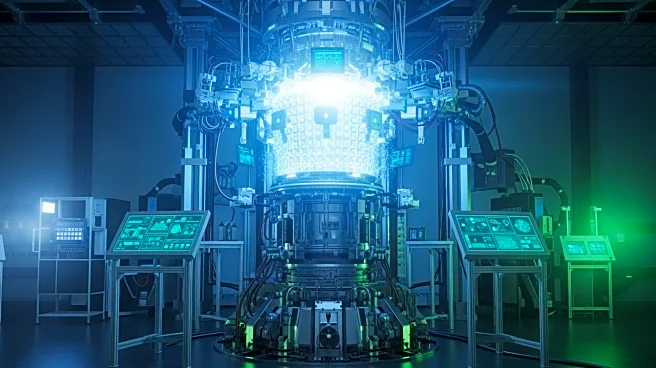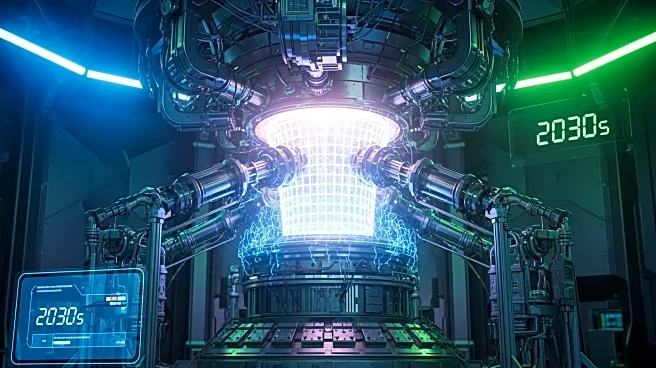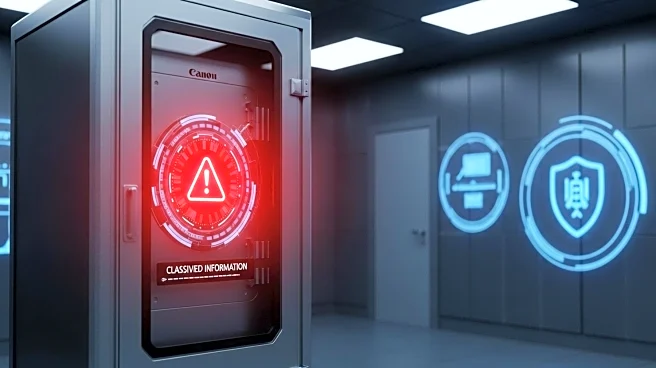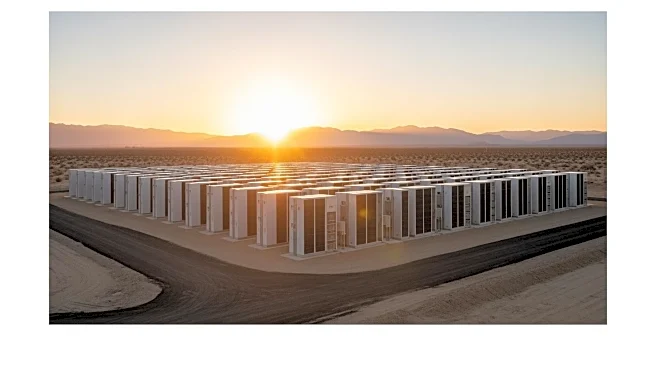What's Happening?
The U.S. Department of Energy (DOE) has released a comprehensive roadmap aimed at overcoming the barriers to nuclear fusion deployment, with a target for private-sector scale-up in the 2030s. The roadmap outlines strategies to address six core challenges,
including materials degradation due to fusion neutrons and the need for advancements in confinement approaches and fuel cycle processing. The DOE envisions the public sector building test stands and designing large-scale facilities in the next few years, while the private sector is expected to commence nuclear operations of early-generation power plants within five to ten years. Recent advancements in artificial intelligence, high-performance computing, and superconducting magnet technology have made nuclear fusion more promising, with companies like Commonwealth Fusion Systems planning to build a grid-scale commercial fusion power plant in Virginia.
Why It's Important?
The DOE's roadmap is significant as it represents a strategic push towards achieving commercial nuclear fusion, a potential game-changer for clean energy. Successful deployment could revolutionize the energy sector by providing a virtually limitless and clean energy source, reducing reliance on fossil fuels and helping to combat climate change. The roadmap's focus on collaboration between public and private sectors highlights the importance of shared innovation and investment in overcoming technical challenges. If successful, this initiative could position the U.S. as a leader in fusion energy technology, with substantial economic and environmental benefits.
What's Next?
The next steps involve the public sector initiating the construction of test facilities and the private sector advancing towards operational fusion power plants. Key stakeholders, including utilities and fusion companies, are expected to play a crucial role in this transition. The DOE's roadmap will require adaptability to evolving private sector developments while maintaining steady investment in scientific and technological gaps. The success of this initiative will depend on continued advancements in fusion technology and effective collaboration between government and industry.














